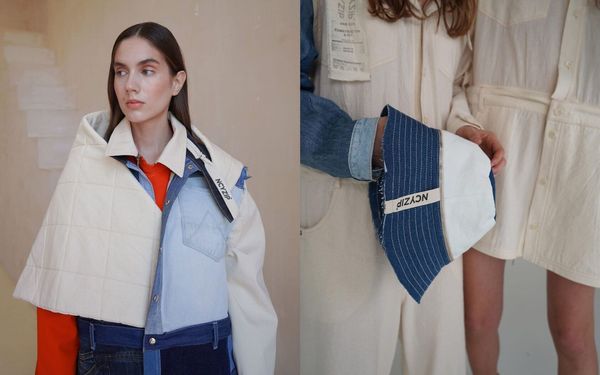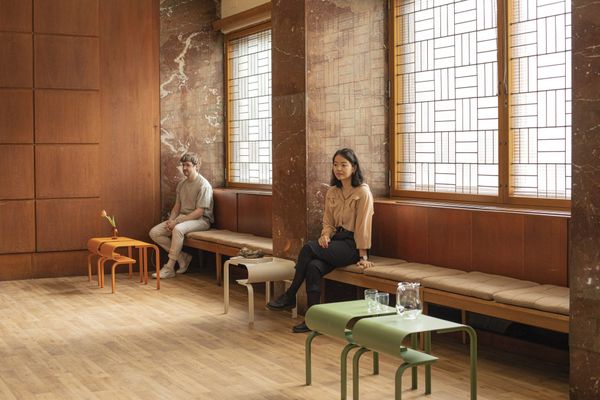She has travelled the world and since 2015 been working as a curator and a cultural organizer on the continent and beyond under the name violuk projects. We caught up with her among her artist friends in Szentbékkálla, at her exhibition Klara and the Sun which is open until 5 September at Pegazus. About her latest exhibition, her upcoming projects and the possibilities of contemporary art institutions, we asked curator Viola Lukács.
Why did you choose this location for the exhibition?
Péter Járai, one of the owners of Pegazus, asked me to organize the summer exhibition. I grew up in Veszprém, the Káli basin and the Balaton highlands lie close to me. The Pegazus is a real curiosity, built by the Eszterházy family more than 200 years ago, it was a holiday resort for the elite in the previous regime, and now we are creating one of the most vibrant cultural centers of the upcoming Veszprém-Balaton 2023 European Capital of Culture.
The exhibition explores the interconnections between human and non-human life worlds, exploring the boundaries of science, technology and art. How does this thematic choice relate to your previous work?
I graduated in Cybermedia in Geneva, where we focused, among other things, on the relationship between technology and power, and the impact of information technology on people at individual and societal levels. Klara and the Sun makes no secret of its intention to sensitize visitors to the often-mystified topic of artificial intelligence. My projects in New York took a similar, but perhaps more theoretical approach to the prehistory of computational art, or even the possible physical disruption of the digital image, in order to make visible the nature of the medium of digital art.

Does examining technology from a critical perspective mean experimenting with the medium’s capabilities, as we see in this exhibition, or do you also critically examine the social and ecological aspects of technology in other projects?
In this exhibition, BarabásiLab, Ivó Kovács or Daïm Aggoth-Hönsch are indeed using AI algorithms in the realization of their works, while Tamás Komoróczky and Andrea Sztojánovits reflect on the public discourse on artificial intelligence in a more conceptual way.
This autumn, generative art and NFT blockchain technology will be the theme of a hackathon in Debrecen, organized with the support of the University of Debrecen, Modem and Postmasters Gallery, New York. Here, artists, programmers and engineers will work with data on the migratory birds of the Hortobágy to design solutions that will protect bird species from human-caused damage.
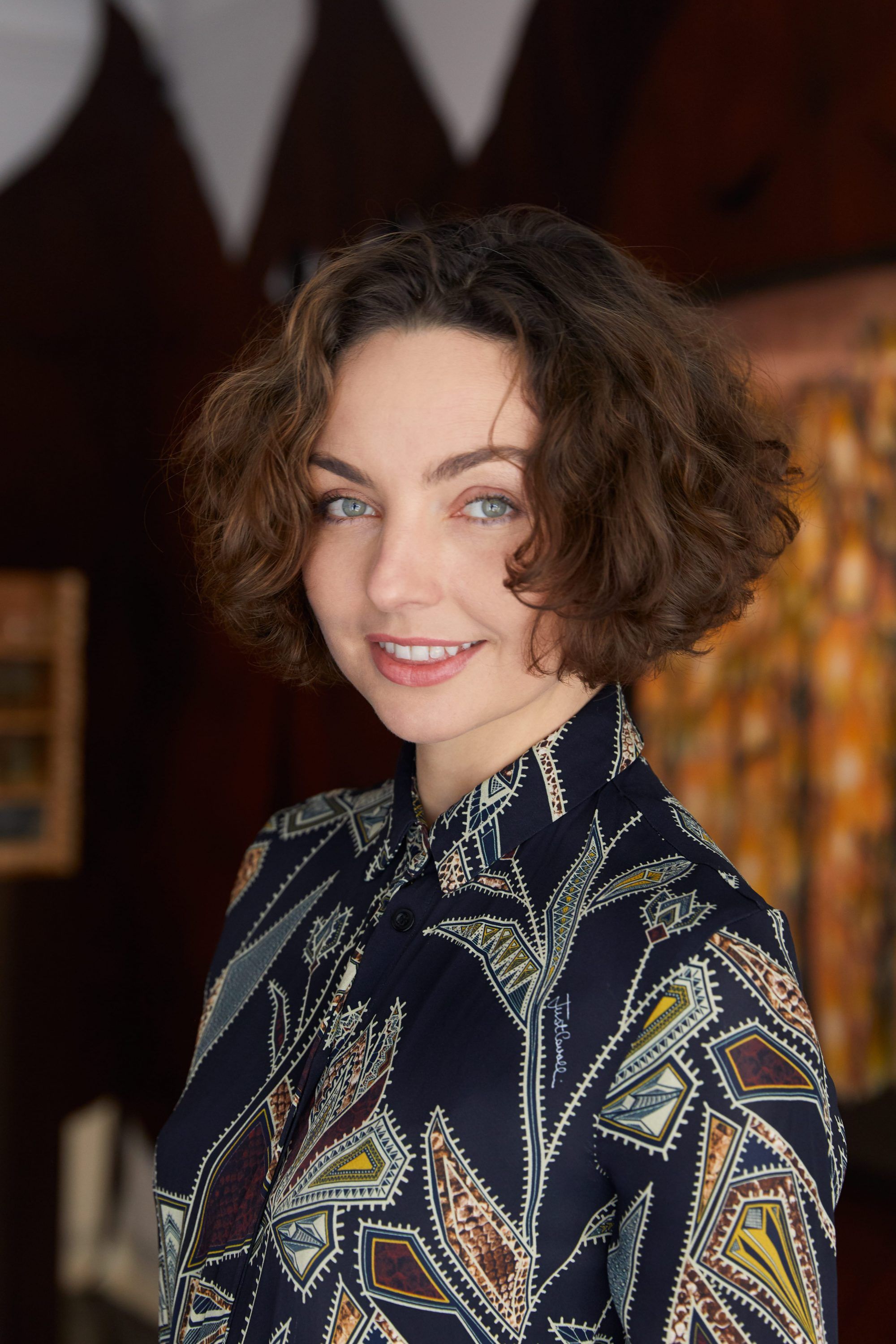
This and the exhibition at Pegazus are both your home-grown work, while you live abroad, having moved from New York to Berlin two years ago. Do you have some kind of mission to use your international experience in Hungary, or does it just naturally evolve when you start a new work in Hungary?
I thrive on the varied and challenging projects that come with being an independent cultural organizer. I have published more during the pandemic; art sales have started to pick up again and from September I will be working as a strategic advisor on the establishment of an arts institution in Ghana.
So, can violuk projects, which you started in 2015, be defined as an artistic venture?
That’s a good question! The more difficult it is to define the profile of the violuk, the more useful the business itself can be. After all, we often create hybrid projects that have no genre definition, but target audiences with clear questions. If I have to answer this question in one word, I would say that violuk projects is a culture generator.
The violuk was born out of necessity. In 2015, I organized the exhibition MetaMetria at the Vass Collection in Veszprém, and a public sculpture project in Veszprém and Budapest. The latter venue was thanks to Artmarket Budapest, who later invited Bernar Venet to be the guest of honor at the fair. He could have been represented by multiple galleries, but I thought, since I’m working on this, I’d like to represent him. I did a pseudo-gallery, and at this event I showed works by Christo, Frank Stella and Richard Serra alongside Venet—the works found homes in private and public collections in Hungary.
How did you reach such names?
Bernar Venet introduced me to Frank Stella, and I met Christo for the first time at NYU in 2011. These professional relationships are developing gradually, I try to create opportunities for long-term cooperation. What I find interesting is the interconnectedness of the cultural codes of cross-generational or seemingly alien territories. In 2012, I was awarded a scholarship to the Bernar Venet studio in New York to do research for my degree in curatorial studies, and in the following years I worked on several of the artist’s projects. My master’s degree is dedicated to the work of Klara Kuchta, who has created an iconic light installation in the dark room of the Klara and the Sun exhibition. Klára’s artistic practice embodies the postcolonial or even feminist theories that I was introduced to at the time. I am still interested in analyzing different creative strategies and what makes a work authentic.
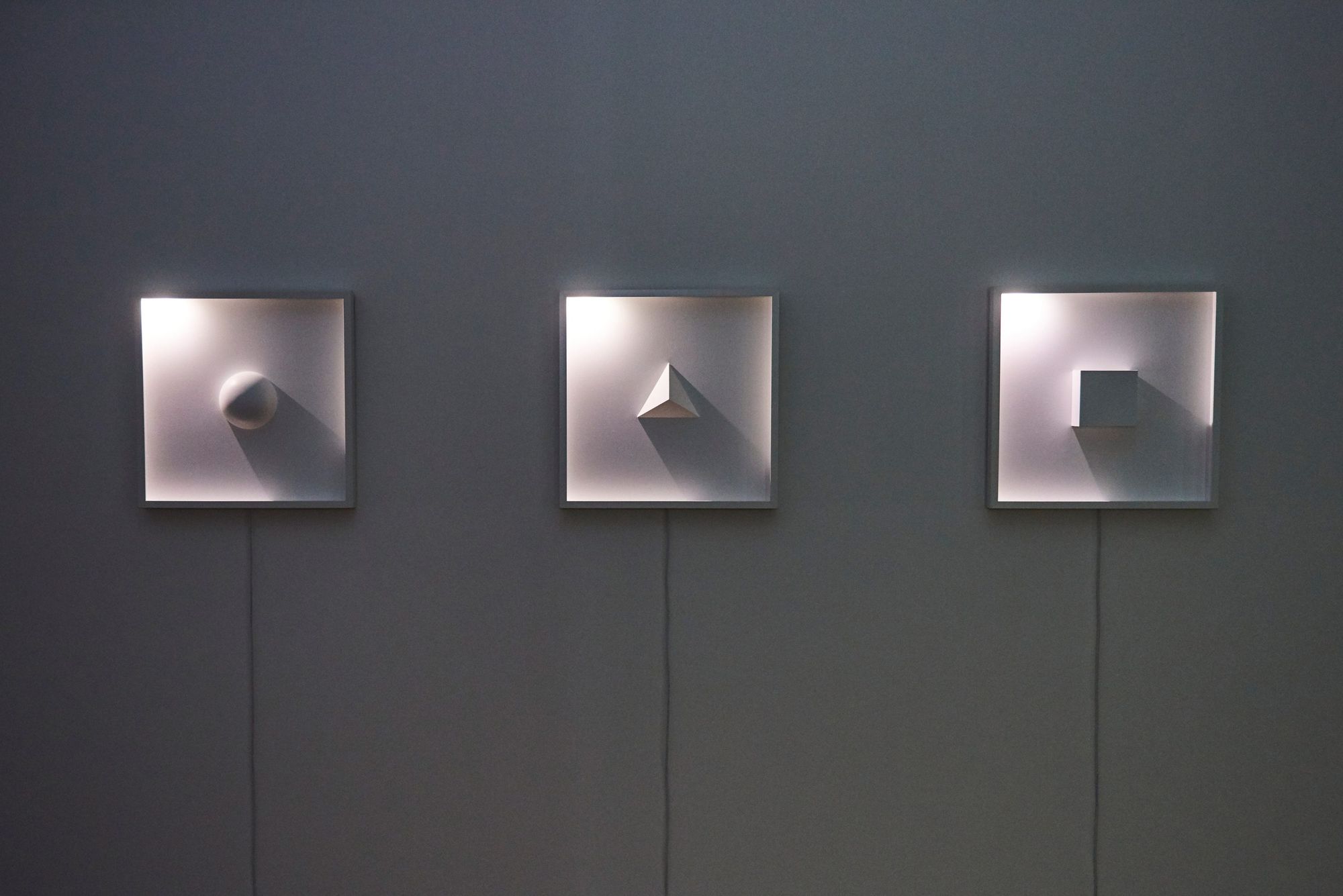
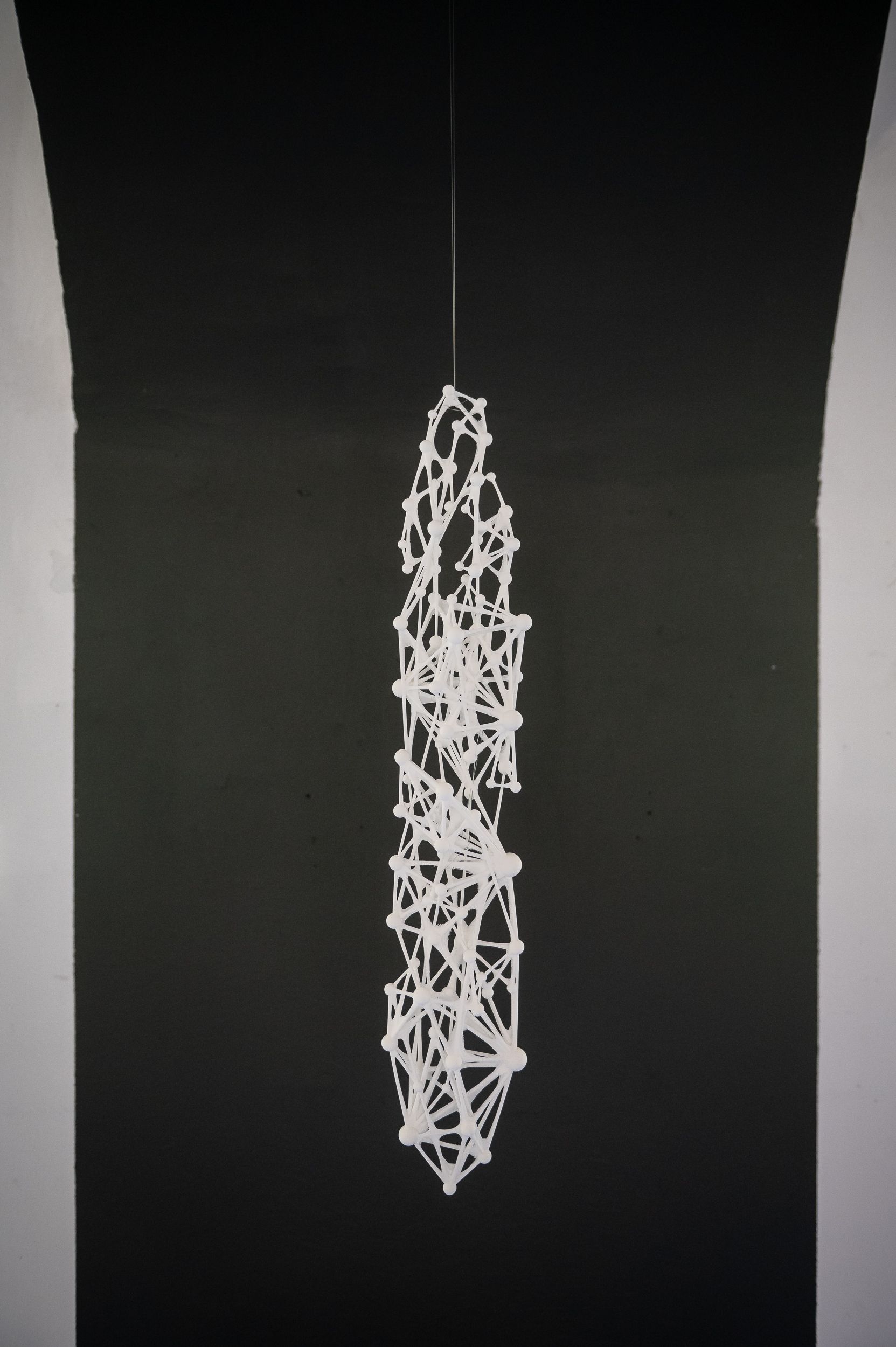
What advice would you give to young curators and art organizers who are just starting their careers in Hungary?
The focus should be on artists, not institutions. It is also important to have a holistic and interdisciplinary knowledge base, from philosophy to politics to economics: the ability to translate and synthesize different information, as this is the creative part of curatorial work. You also need to keep an eye on the internet, on Instagram, to know what kinds of visual things are being created in the world and why. They draw out certain lines of force, which then help you navigate. Finally, it’s important to remember that as a curator, it’s your choice to work with artists who, in addition to their work, also stand their ground as human beings—something that took me some time to learn. The experience of the current exhibition made it clear to me that both the construction of the exhibition and the visiting period become an active community experience, and in this way the exhibition steps out of the traditional representational framework. This is both due to the medial nature of the works and also helped by the fact that the exhibition was created outside an institutional setting.
How do you see the international perception of the contemporary art scene in the Central and Eastern European region today?
I am happy to see my former university peers getting international attention. In fact, I met the group of Lőrinc Borsos in New York when they were there for a residency program, and with Gábor Kristóf I put together a pop-up exhibition in Bushwick. A few weeks ago, in Paris, I popped in to see Botond Keresztesi when he was installing his work at Les Filles du Calvaire gallery. The flip side of the coin is to build a local audience for contemporary art. It would be great if local artists could easily make a living from projects and sales here. In a sustainable cultural ecosystem, the curator has as much responsibility as the artists themselves in how we make contemporary art accessible and add value to it.
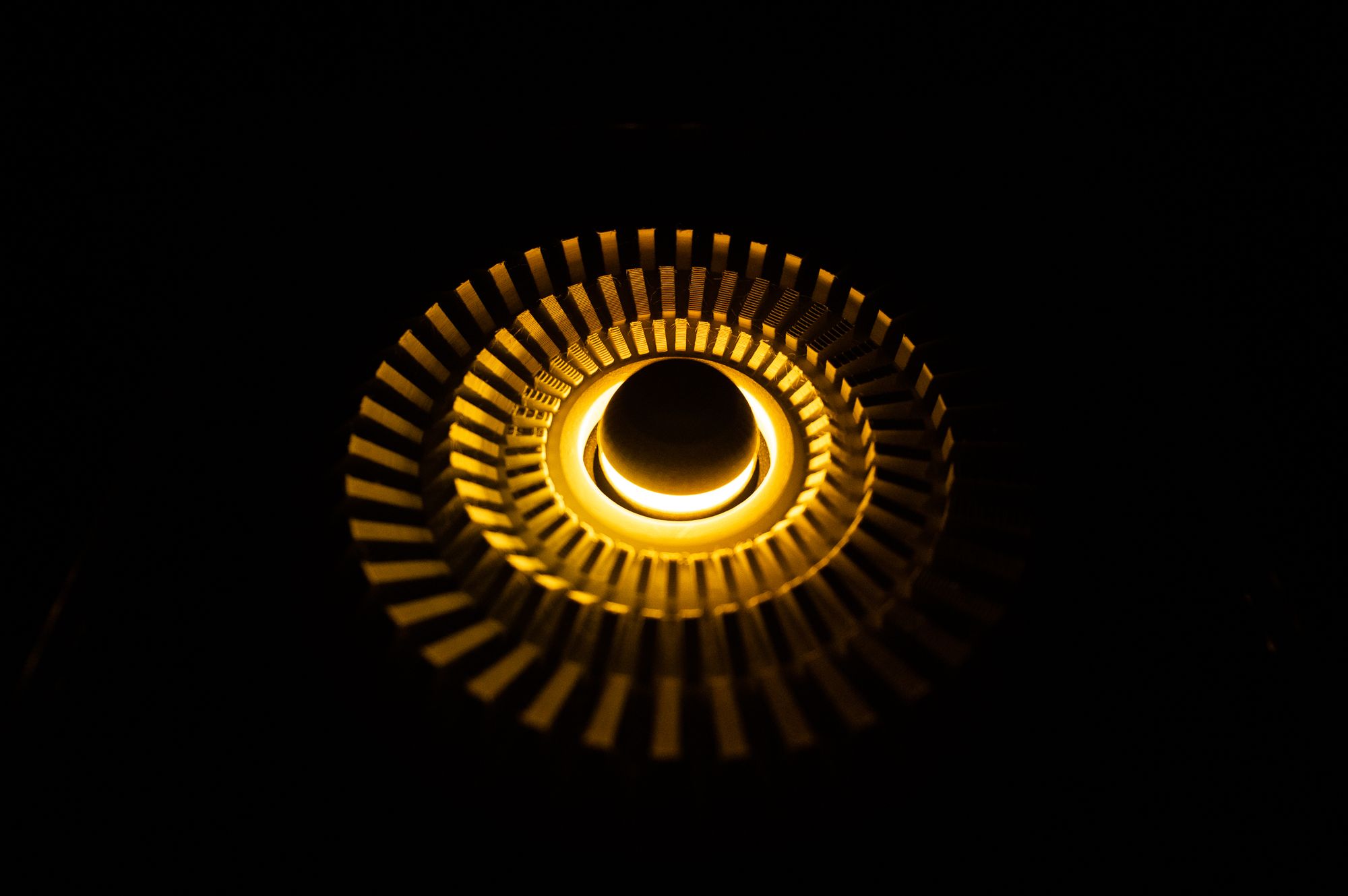

Klara and the Sun
(09.07.-05.09.2021, Pegazus, Szentbékkálla)
The exhibition at Pegasus is inspired by Kazuo Ishiguro’s novel published in 2021. The book presents humans from the perspective of artificial intelligence—Klara, the solar-powered Robot Friend, was developed to support children in social inclusion. The narrative of an empathetic robot with humanoid qualities has given rise to an exhibition on the relationship between human and non-human, and technology and nature, which is a tribute to Klára Kuchta, an artist who celebrates her 80th birthday this year. Kuchta is a forerunner of a trend in light art that is represented by the majority of the eleven artists in the exhibition. In addition to the traditional artistic medium of object and image making, 3D mapping work, data sculpture, interactive pseudo-holography and artificial intelligence-generated works are also on display in the Pegasus exhibition spaces.
Exhibiting artists:
Daïm Aggott-Hönsch, BarabásiLab, László Zsolt Bordos, Gábor Kitzinger, Tamás Komoróczky, Kovács Ivó, Klára Kuchta, Erik Mátrai, András Nagy, Andrea Sztojánovits, Villő Turcsány
Curator: Viola Lukács
Klara and the Sun | Facebook | Instagram
Artwork photos by Bence Bendegúz Boros
Portrait photography by Adam von Mack

Ready, set, beach! | TOP 5
